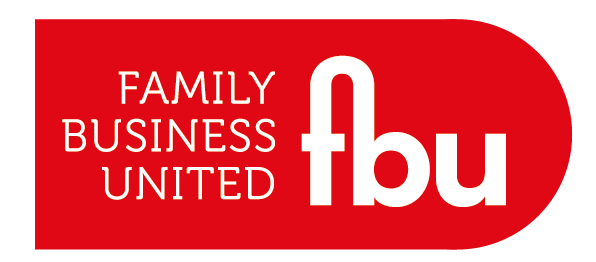This article follows on from my previous piece on boundaries, which you can read here if you missed it.
How high do the stakes feel for you when you utter that little word ‘no’? Do you feel calm and certain, or do you feel your heart start to beat faster and your throat constrict as you hear yourself begin to stutter? One of the reasons suggested for why we find it so hard to say no is because it was a frequently used and very necessary word that kept us safe as small children. Our caregivers used this word to stop us taking physical risks too far and to help us to fit in with our cultural and social rules.
However, we also learned that it was a word that we, as youngsters and teens, were not allowed to say back to our elders. The constant repetition of this learned behaviour of avoiding the word sadly impacts us greatly as adults. Now we need to know how to use it, but we have not been allowed to practice. It is used readily by those in power relationships to us as adults, as a form of control and a way to avoid conversation, which would otherwise help achieve mutually useful outcomes.
There are ways to express no without saying no:
- That is not going to work for me.
- No thanks, I have another commitment.
- I’m honoured but I can’t.
- Now is not a good time.
- I’m a bit overwhelmed just now.
- That’s just not something that interests me, but thanks for thinking of me.
- I’m uncomfortable with this.
- That is an interesting point/idea.
- I was thinking I’d like...
We also need to be able to ask others about their boundaries and then accept ‘no’ from them. How often have you described someone else as selfish, when they haven’t agreed to do something you want them to do? Can you pause for a moment, take a breath and get curious about the reason they want to express something different? Does this help relieve the undefined sense of threat, fear or panic you could be feeling, that caused you to label them as selfish?
Can you listen and allow them their own decision making, while maintaining your own sense of self-worth and self-respect? Can you take the situation more lightly, recognising that we can’t all be the centre of everything? Can you respect and accept differences, knowing that their choices aren’t about rejecting you specifically and are more likely to be about their preferences, values and ways of feeling comfortable? Can you care about them?

When we feel a threat to a relationship, we may mind-read, deciding that we know what the other person is thinking and feeling and making up whole stories about a scenario without uttering a word. We may perceive what is happening through our own distortions, which are most likely not shared at all with the other person, and we generalise our own views in confusing ways, using the distorted language that we have been thinking out loud. It can be helpful to untangle these threads of confusion.
To describe someone with hurtful words or to use hurtful language can often imply specific meaning, when really it is an expression of force, or the level of energy of emotion that is being experienced. In other words, the meaning of the words is not actually truly intended. They are just being used to show how strongly the person saying them is feeling. This is the distortion, and it expresses feeling rather than meaning. We will most likely feel discomfort in response and will feel pulled to react defensively.
However, when affect is expressed, it is important to listen so that the person feels understood and connected and regulated with rather than retaliating with that defence. This creates an environment for coming into more thoughtful use of specific, detailed language that expresses the true meaning underneath the feeling language. Words can provide us with more information, rather than being used to label others.
At Alembic we call this a growth edge, or an opportunity found at the edges of our boundaries, which we can push against towards something new. Instead of protecting through blaming and defensiveness, we now extend and expand through calmly and clearly stated needs. Instead of repeating the same patterns of language and behaviour, which repeat on a loop, we can invite choice by asking ourselves:
- What are my next set of possibilities?
- Who do I want to be now?
- How can I be a resource in this situation?
- Is what I am doing/saying/being resourceful to myself and those around me, or is it distracting, disrespectful or discouraging, creating resistance, tension and contraction?
- How can I advocate for you, while I also advocate for me?
Body language is a good indicator of how well we are observing and respecting other peoples’ boundaries. If a person has their arms crossed, is stepping backwards, turning away, looking away from you or catching someone else’s eye, then these are signals to ask questions; to clarify how comfortable they are. Accept their response and apologise if necessary, so that the conversation can move on.
In my final article on boundaries, I will look at how we can work together collaboratively to alter our boundaries through choiceful actions.




